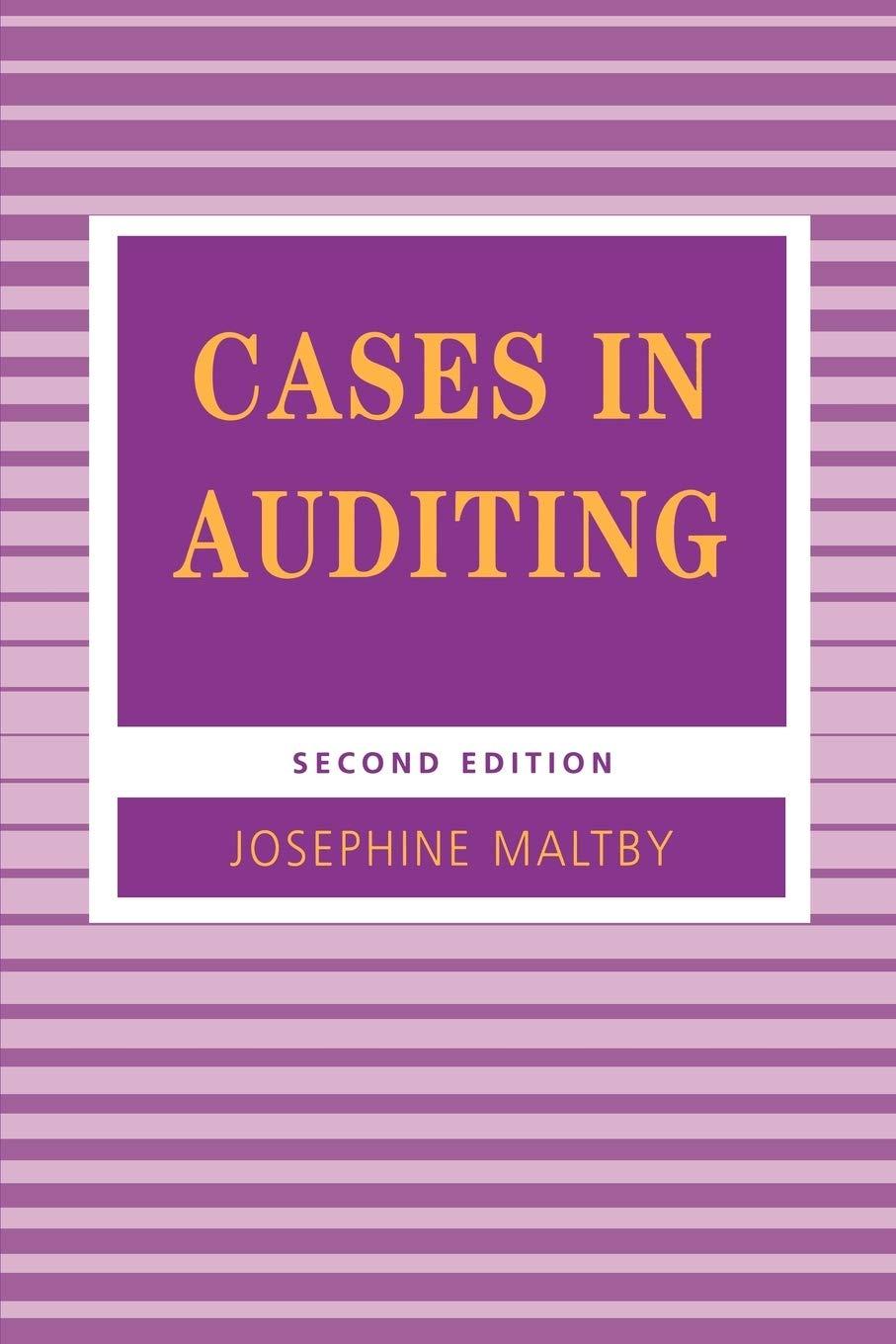Question
SUMMARY THE PARAGRAPH Equity Accounting As noted above in the context of financial assets, difficulties can arise when the standard setters invent principles that are
SUMMARY THE PARAGRAPH
Equity Accounting
As noted above in the context of financial assets, difficulties can arise when the standard setters invent principles that are not found in any conceptual framework and do not fit with other principles. An example relates to one of the most egregiously arbitrary rules in accounting: the use of a threshold interest of 20 percent of voting shares in the context of equity accounting. The alleged underlying principle of significant influence is sufficiently vague that it has to be supported by a rebuttable presumption (in APB Opinion No. 18, para. 17 and IAS No. 28, para. 6) that refers to the numerical threshold. Nobes (2002) shows how the 20 percent threshold arose, without good arguments, in the U.K. and then slowly spread worldwide. Mulford and Comiskey (1986) show that the arbitrary threshold leads to manipulations of the size of holdings around the threshold. The principle of significant influence is not found in the FASB or IASB conceptual frameworks, and it cannot be clearly related to other principles or to the definitions of asset and liability. Equity accounting involves the group (or the investor)25 taking credit for income that has not been received in cash and could not be successfully demanded. It also involves a curious rule26 that requires a group (or an investor) to eliminate some profit on sales to an associate even though the control of goods has fully passed to (and cash has been fully received from) that entity, which is outside the group. Rather than being derived from a principle, the equity method as used for associates can be seen as an ad hoc valuation method. The arbitrary threshold (and the rule on profit elimination) could be dispensed with if investments were instead treated as available-for-sale financial assets (at fairvalue), assuming that the investments do not involve the control of the underlying assets. The lack of sound principle led, once again, to optional accounting methods. Before the revision of 2003, IAS No. 28 (former para. 12) allowed an investor to account for an associate using the equity method, the cost basis, or as an available-for-sale investment. In this case, accounting would be improved by abandoning the rogue principle and the rules that are needed to operationalize it. Instead, the associate would need no special principles or rules. It would be accounted for like other investments in noncontrolled entities. This would improve comparability and remove the opportunities for structuring. This idea has already been proposed by some standard setters (Milburn and Chant 1999). CONCLUSIONS I follow Schipper (2003) by starting with the assumption that comparability/consistency in financial reporting is a good thing. I further agree with Schipper (2003) and with Nelson (2003) that rules can help with clarity/comparability. However, this paper argues that some of the rules in existing standards occur because a standard is based on a poor principle or because it lacks principle. Use of a more appropriate principle would reduce the need for arbitrary and detailed rules. That is, the removal of rules can sometimes be associated with increased clarity and comparability. For some topics, use of a better principle would also help in the reduction of optional accounting methods. I do not mean to imply that a principles-based standard is always better than a rules-based standard, or that concentration on principles will always lead to less complex rules. However, the standards on some topics contain extensive rules and optional accounting methods because of a lack of principle or because of the use of an inappropriate principle not found in the frameworks. In these cases, the standards could be clearer and could lead to greater comparability at the same time as reducing the rules. My analysis concentrates on six examples from IASB standards because listed companies throughout much of the world will adopt IASB standards from 2005 onward and because the FASB has agreed to converge its standards with IASBs. In some cases, standard setters have already examined similar proposals in discussion papers. Table 1 summarizes the findings of the paper for the six topics. The existing and proposed principles are noted. For three of the topics, the proposed improvement is the use of the frameworks definitions of asset and liability. In two other cases, the proposal is that the standard should drop a principle that is not in the frameworks. I conclude that complexity of the rules could be reduced by adopting a more appropriate principle in all six cases. This reduction in complexity is in itself a good thing, although it could be outweighed by deterioration in other qualities. For example, in the case of the definition of subsidiaries, verifying control is more difficult than verifying ownership; for associates, verifying fair value is more difficult than verifying equity accounting. Nevertheless, for these two topics, reduced incentives for management to structure transactions would weigh in favor of the proposed improvements. For topics, 1 through 4 (see Table 1), decreased complexity could be achieved at the same time as improvements in some aspects of verifiability or reduced structuring or both. Further, for most topics, optional methods could be reduced. A major issue that is difficult to summarize is the degree to which the proposed improvements would lead to better information for investors. In the end, this is an empirical matter, but Table 2 summarizes some of the relevant points.
Step by Step Solution
There are 3 Steps involved in it
Step: 1

Get Instant Access to Expert-Tailored Solutions
See step-by-step solutions with expert insights and AI powered tools for academic success
Step: 2

Step: 3

Ace Your Homework with AI
Get the answers you need in no time with our AI-driven, step-by-step assistance
Get Started


